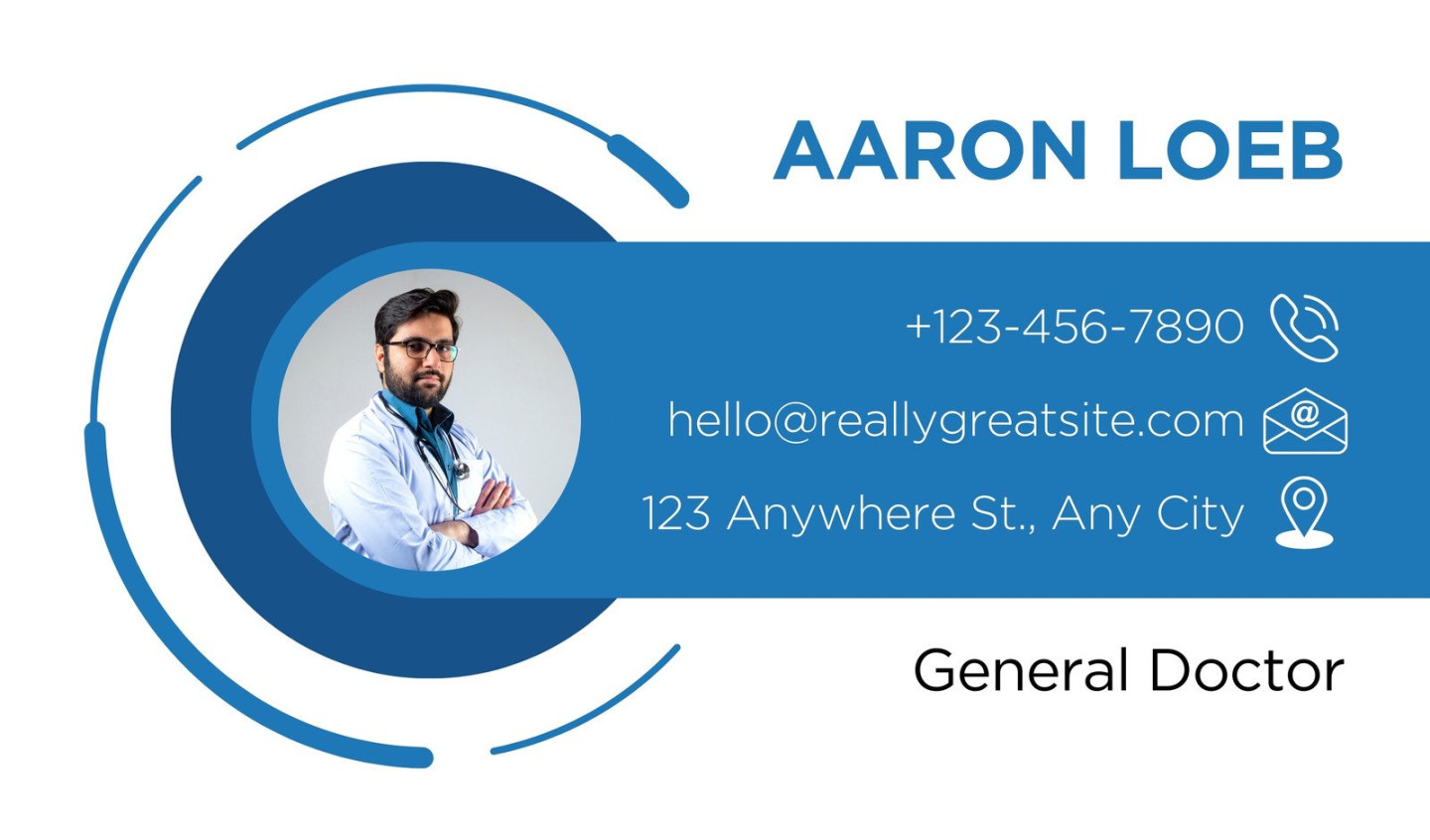Designing a professional medical business Card is essential for making a lasting impression on potential patients and colleagues. A well-crafted card should not only provide your contact information but also reflect your expertise and credibility. Here, we will delve into the key design elements that contribute to a professional and trustworthy medical business card.
Font Selection: The font you choose can significantly impact the overall appearance and readability of your card. Opt for fonts that are clean, legible, and easily recognizable. Avoid overly decorative or difficult-to-read fonts. Serif fonts, such as Times New Roman or Georgia, are often preferred for their traditional and professional look. However, sans-serif fonts like Helvetica or Arial can also be effective if used appropriately.

Color Scheme: The color scheme of your business card should be carefully considered. Choose colors that complement each other and align with the branding of your medical practice. A classic combination of white background with black or navy blue text is a safe and professional choice. However, you can also incorporate other colors that reflect your specialty or personality. Just ensure that the colors are not too bright or overwhelming.
Layout and Organization: A well-organized layout will make your business card easy to read and visually appealing. Consider using a simple, clean layout with clear divisions for your name, title, contact information, and logo. Avoid cluttering your card with too much text or graphics. A minimalist approach can often be more effective.
Logo Design: If you have a logo for your medical practice, prominently display it on your business card. The logo should be professional, memorable, and relevant to your field. Ensure that the logo is high-quality and well-placed on the card. If you don’t have a logo, consider hiring a designer to create one.
Contact Information: Clearly list your contact information on your business card, including your name, title, practice name, address, phone number, email address, and website. Use a consistent font size and style for all contact information.
Additional Elements: While the core elements mentioned above are essential, you can also consider adding other elements to your business card to enhance its professionalism. These may include:
A QR code: This can link to your website or online scheduling system.
Proofreading and Printing: Before finalizing your business card design, carefully proofread it for any errors or typos. Once you are satisfied with the design, choose a high-quality printing service to ensure that your cards look professional and last.
By following these guidelines, you can create a medical business card that effectively represents your professional image and helps you build relationships with patients and colleagues. Remember, a well-designed business card is a valuable tool for marketing your practice and establishing your credibility.